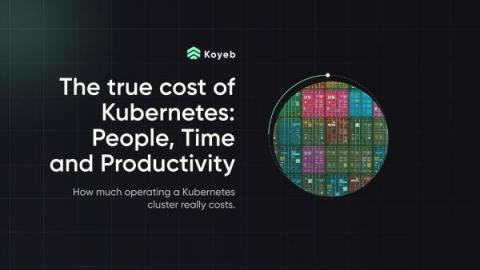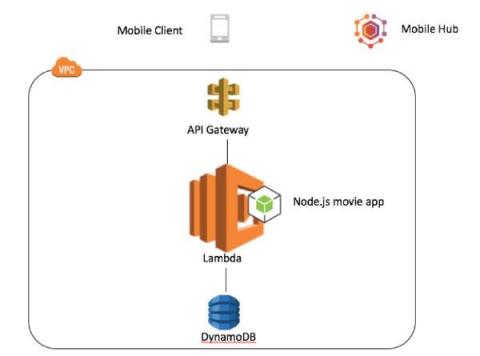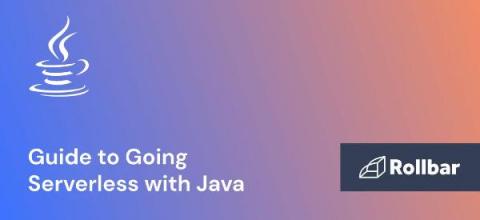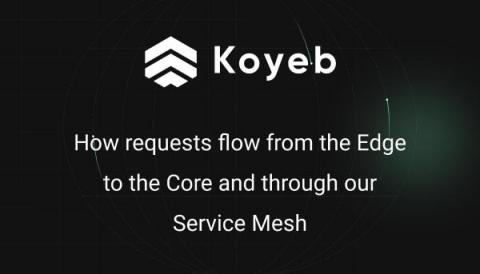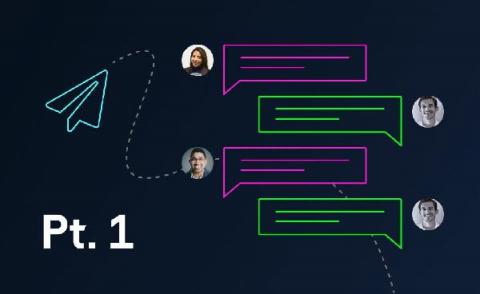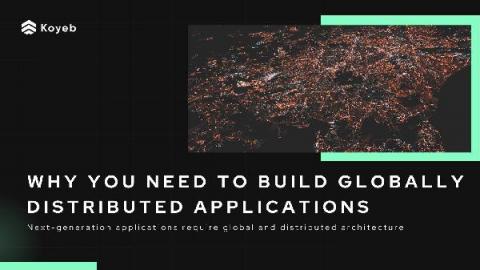Build Serverless APIs with Node.js and AWS Lambda
AWS Lambda has been around for a few years now, and it remains the most popular way to experiment with serverless technology. If you're not familiar with serverless, it's a model of development in which managing, provisioning, and scaling servers is abstracted away from application development. Servers do exist in a serverless world, but they are completely managed by the cloud provider, allowing developers to focus on packaging their code for deployment.



